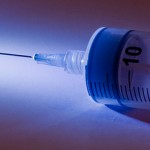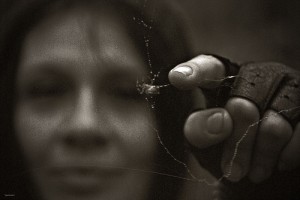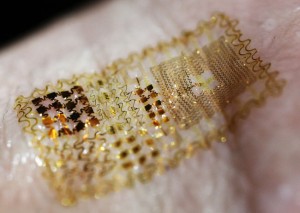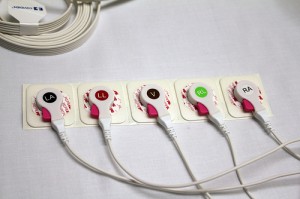Eek! That creepy, crawly creature with eight legs that is inching towards you seems to be getting bigger and bigger. The next day when you recall your encounter with it, you describe it as “HUGE”. This fear that you feel when in the presence of a spider makes it actually appear larger in size than it really is. Having a phobia of something changes the appearance of the object in a negative perspective to the person who is afraid of it.
For example, if the fear is not of spiders, perhaps it is of needles. These medical tools are associated with pain and therefore may appear larger to people who are more frightened of them. Personally, I am terrified of needles and this fear is detrimental to my health as I tend to avoid medical attention unless absolutely necessary. This is for fear of the possibility that I may get a needle. Phobia makes things more fearful and in return they appear larger in order to be more intimidating.
In order to prove this theory as factual, Michael Vasey, a professor of psychology at Ohio State University, ran a study that got published in the Journal of Anxiety Disorders. The target of the study was people who were suffering from a condition called arachnophobia. These people were extremely afraid of spiders and were observed over an eight week time period. The subjects were asked to approach a spider in a glass tank and were then asked to touch it with an 8-inch probe and then again with a shorter probe. After they had interacted with the spider, they were then asked to rate how much anxiety they felt on a scale from 1-100 and then were asked to draw how large they thought the spider had been in length from it’s tip to back end.
Results
There were 57 people who participated in the experiment and it was found that there was a positive correlation; the more afraid a person was of the spider, the larger they thought it was in size. Vasey describes fear as a cycle, the bigger the spider appears, the more it is feeding into the phobia and the harder it will be to overcome in the future. This shows how our perception of an object is actually altered by the presence of fear. In order to treat phobias, psychologists have used exposure therapy where the effects are still not really understood to this day. This study also notices that a negative attitude is the factor which causes anxiety to heighten towards a “scary” object.
The purpose of this study is to eventually be able to treat these fears in the future. For now, scientists are working alongside psychologists to understand how fear can be controlled, and perhaps even diminished, for future phobic patients out there.
References:
Science Daily article:
http://www.sciencedaily.com/releases/2012/02/120222204241.htm
MedicineNet.com blog post:
http://www.medicinenet.com/script/main/art.asp?articlekey=155239









